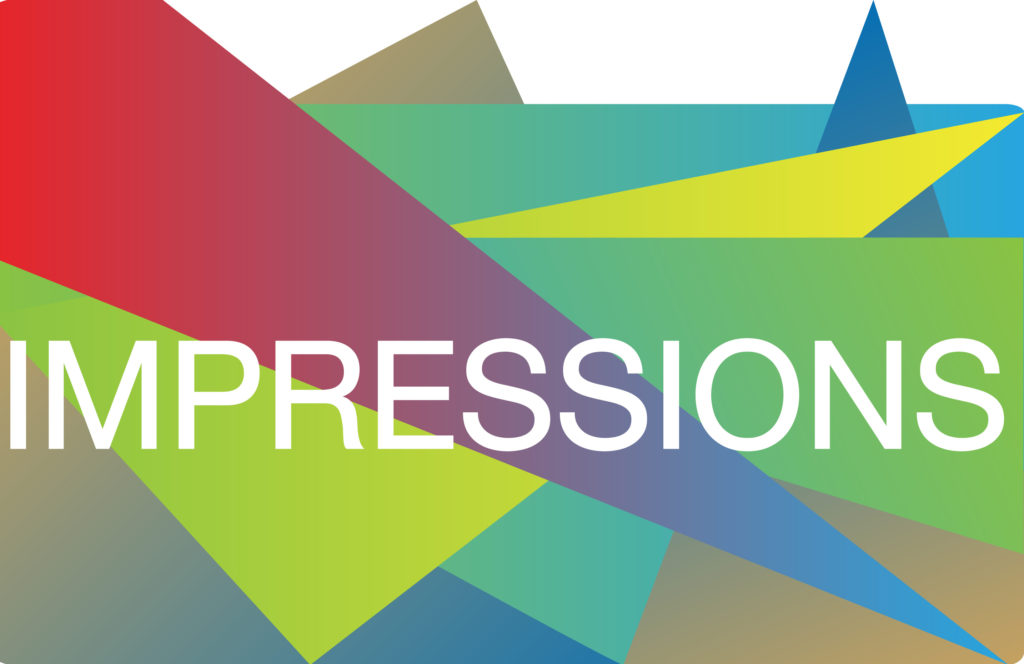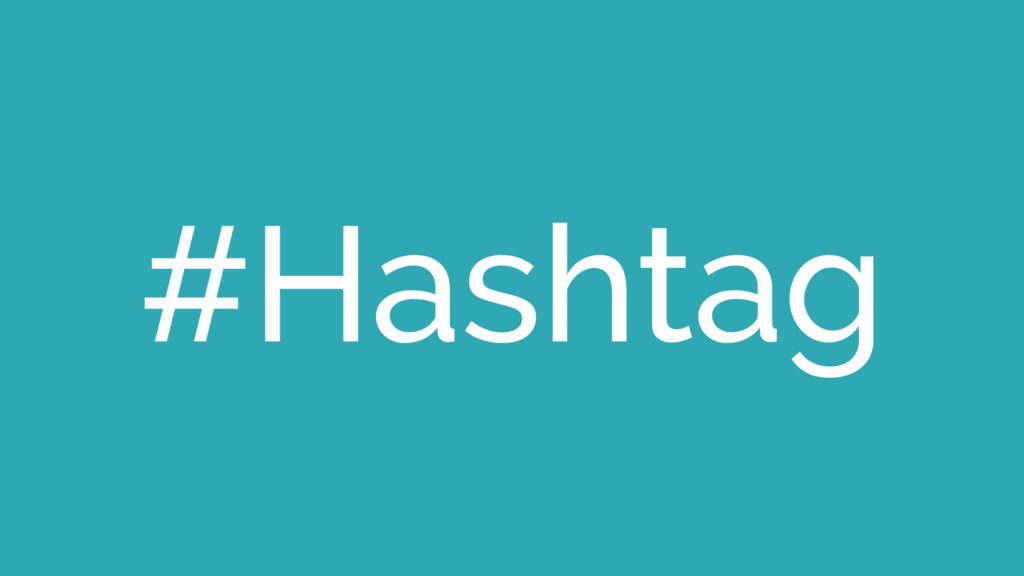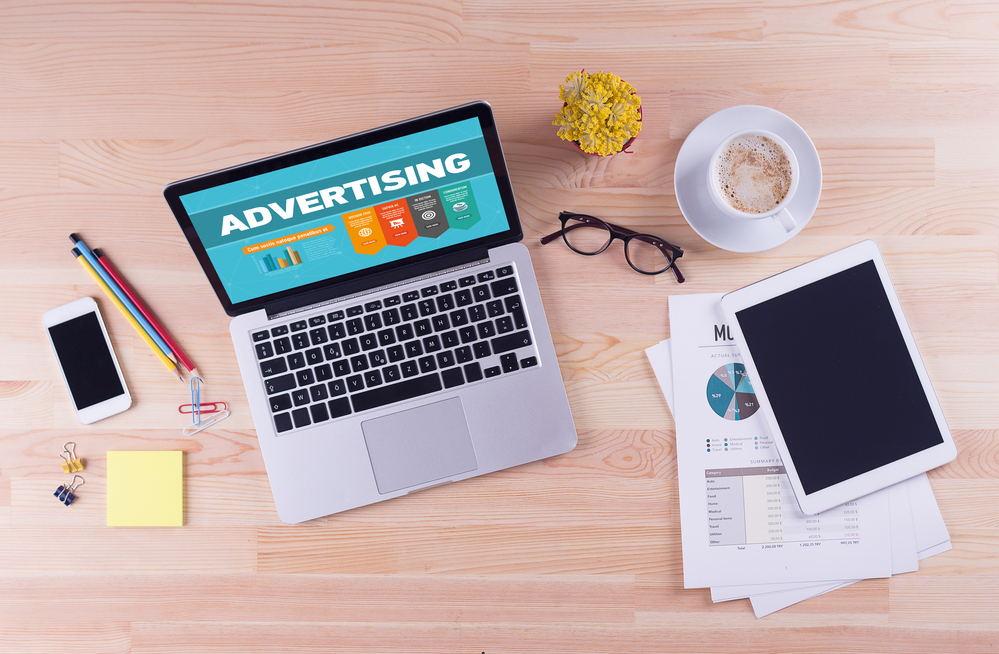If you have any experience running a digital advertising campaign, you know that platforms like Google Ads and Facebook Ads spit out an intimidating number of metrics. In this article, we’re hoping to demystify what some of these common digital advertising metrics are, and what it means to focus on optimizing for those metrics.
Awareness Metrics
Reach
Reach is the total number of people who see your content. For example, on your personal social media account, your reach would be your followers and occasionally your follower’s followers. In digital advertising, there are a lot of different factors that can impact your reach. Your budget, keyword volume, the location you are targeting, etc. In general, reach is a good indicator of the overall size of your audience and can help you understand the impact of an ad or campaign.
Impressions
Impressions are the number of times your content is displayed. Now, you may be wondering how that is different from reach. Simply put, reach provides you with the number of users who see your ad, impressions provides you with the number of times your ad was seen. For example, let’s say only one user sees your ad. Your reach would be one because only one person saw it. If that person saw your ad 20 times, your reach would still be one, but your number of impressions would be 20 because your ad was displayed to that single user 20 times. Since the same person can see your ad multiple times, number of impressions is often higher than your total reach.

Follows
In social media, a follower is someone who has subscribed to an account in order to receive all updates from that company. It refers to a user who consciously chooses to see all the posts of another user in their newsfeed.
Generating followers on social media channels is one of the best ways to advertise your content organically with no additional cost on your end.
Likes, Shares, and Comments
Typically associated with social media advertising content – likes, shares, and comments are metrics that track direct engagement with your ad posts. Posts with plenty of likes and comments are desirable. They generate goodwill with your customers and can help your company be seen as popular and trustworthy.
If you’re able to generate shares on your social media advertising content, this is exceptional. Shares are a free way to expand your reach and impressions. You just need to put in the effort to make content that people want to share.
Mentions and Hashtags
Both mentions and hashtags are ways to generate buzz around your brand in other people’s posts. A mention is when someone tags your company page in their own post. Ideally, most of your mentions should be from positive reviewers. Don’t be afraid to share mentioned content on your page if the content is positive.
Hashtags are words or multi-word phrases that categorize content and track topics on Twitter, Facebook, Instagram, Pinterest, and other social media outlets. There are many ways to utilize hashtags with digital advertising. Your brand can create its own hashtag to try to generate interest in an event or campaign you’re running. You can also use a hashtag of a popular event in your own posts. This now includes your post in the feed of that hashtag and is discoverable by anyone who searches for that hashtag.

Conversions Metrics
Conversion metrics are effective at tracking the transition from awareness to acquisition. Typically, only a small percentage of your reach will make their way to the conversion stage.
Clicks
Just like it sounds, clicks are how many times your ad was clicked on. Where an impression indicates that a user has seen your ad, a click indicates a user is actually interested in your products, services, or offering. When a user clicks, you should begin tracking them as someone who may become a lead or even a customer and should be prioritizing them among other marketing contacts.
Conversions
A conversion means a visitor went to your website and completed a desired goal. This could be filling out a form or making a purchase. The percentage of total visitors that convert is called your conversion rate. Depending on your site’s or business’s goals, conversion types might include:
- Online sales
- Leads
- Email signups
- Form completions
A common mistake users make when setting up conversion campaigns, is making their conversion a visit to the landing page or a click on the page. While you should definitely be measuring those things, a conversion should typically be an action that shows more commitment. We only count something as a conversion if the person has shared some of their personal information with us, such as a name, email, or phone number.
Conversion Rate
Conversion rates are calculated by taking the number of conversions and dividing that by the number of total ad interactions that can be tracked to a conversion during the same time period. For example, if you had 50 conversions from 1,000 interactions, this means your conversion rate would be 5%, since 50 ÷ 1,000 = 5%. Conversion rates are a great indicator of how well your ads and landing page are performing. A low conversion rate could be indicative of ads that don’t align with the offering, or a landing page that does not do a good job of convincing users to convert.
Click-through Rate (CTR)
CTR is the number of clicks that your ad receives divided by the number of times your ad is shown: clicks ÷ impressions = CTR. This means CTR tracks how well your ad actually generates a click, expressed as a percentage. If your ads aren’t getting clicks, you may be targeting the wrong audience, using the wrong message or imagery, or you may have an offer that isn’t desirable to your audience.
ROI Metrics
ROI metrics are all about optimizing your dollar and finding the sweet spot between reach, cost, and conversions.
Return on Ad Spend
Return on Ad Spend (ROAS) is a marketing metric that measures the amount of revenue your business earns for each dollar it spends on advertising. ROAS is one of the best metrics to stay on top of for an effective digital advertising campaign. The higher your ROAS, the better your campaign is doing – it is as simple as that.
Cost per 1,000 Impressions
As the name suggests, this metric tracks how much a campaign will cost to generate 1,000 impressions. Some types of ads will be better than others at broadly generating impressions at a cheaper rate, this means you should keep an eye on this metric to see which type of ad you should be running if you are focusing on mass quantities of eyes at the awareness stage.
Cost per Click
Cost per click is a metric that tracks how much advertisers pay for the ads they place on websites or social media based on the number of clicks the ad receives. Generating a click is more expensive than generating an impression. This metric can be incredibly helpful if you have a general idea of what your landing page conversion rate is. If you have a conversion rate of 20%, you know that you need to get five clicks to convert one lead. Depending on how much a lead is worth to you, this can help you determine if your campaign needs adjusting.
Cost per Conversion
Similar to cost per click, cost per conversion is a metric that tracks how much advertisers pay for the ads they place on websites or social media based on the number of conversions the ad receives. Generating a conversion is even more expensive than generating a click. Just like with cost per click, cost per conversion can be incredibly helpful to you. If your conversion is based on lead generation, cost per conversion can tell you exactly how much you are spending to get one lead. Whe your conversion is based on a purchase, cost per conversion tells you exactly how much you are spending to get a new customer. If you know your average order value, this metric can be crucial to determining how you should proceed with a campaign.
Digital Advertising at MINDSCAPE
At MINDSCAPE, we know exactly when and where to implement every type of ad so you don’t need to worry about all these stats if you don’t want to. We offer services like Campaign Ideation where we can hold an ideation session with your team to determine the best combination of messaging, visual assets, channels, and budget to help you reach your goal. Sound good to you?
Yeah, we do that.





